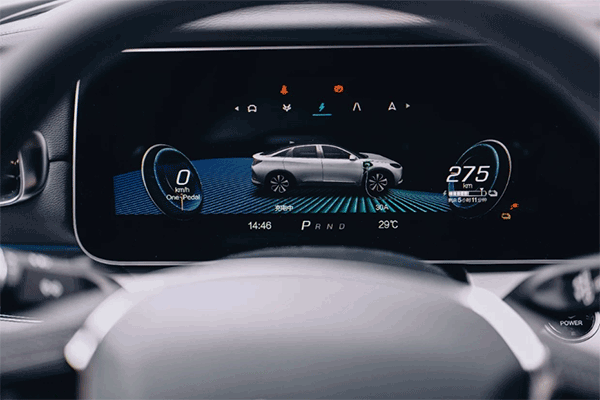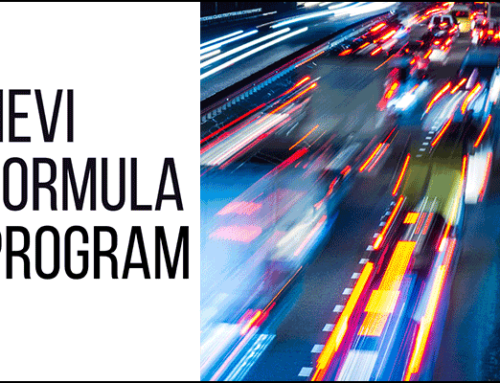Longer Range with Slow Charging
Slow charging is acknowledged for providing a longer driving range compared to fast charging. This difference stems mainly from how the battery behaves under rapid charging conditions. With fast charging, the current and voltage increase (voltage = current × resistance) leads to battery polarization. This process can prematurely trigger the battery’s maximum charge voltage, creating the illusion of a full charge. However, in reality, the battery’s electrode materials have not fully reacted, resulting in what’s commonly known as ‘phantom charge.’

Combining Fast and Slow Charging for Optimal Performance
On average, the range you can achieve with slow charging is about 15% longer than with fast charging. This difference, however, isn’t typically noticeable in everyday use, especially if you follow the ‘charge as you go’ approach. When time is not a constraint, and conditions are favorable, opt for slow charging. Charging up to about 95% capacity is recommended, and it’s best to avoid letting the battery level fall below 20%. For vehicles equipped with lithium iron phosphate batteries, consider a full charge once a week to recalibrate the vehicle’s State of Charge (SOC) indicator.
Driving Habits: A Key Factor in Vehicle Range: In addition to charging practices, your driving habits play a crucial role in determining your vehicle’s range. Efficient driving and proper vehicle maintenance can significantly enhance your driving range. Here are a few tips:
- Maintain Steady Speed: Avoid rapid accelerations and decelerations, as these can increase battery wear and reduce range. Gradual starts and smooth driving are most efficient.
- Minimize Air Resistance: Electric vehicles are particularly sensitive to wind resistance, especially at higher speeds. Keeping windows closed can help reduce drag and conserve energy. In colder weather, prioritize heating methods that consume less power, like seat and steering wheel heaters, followed by warm air circulation.














